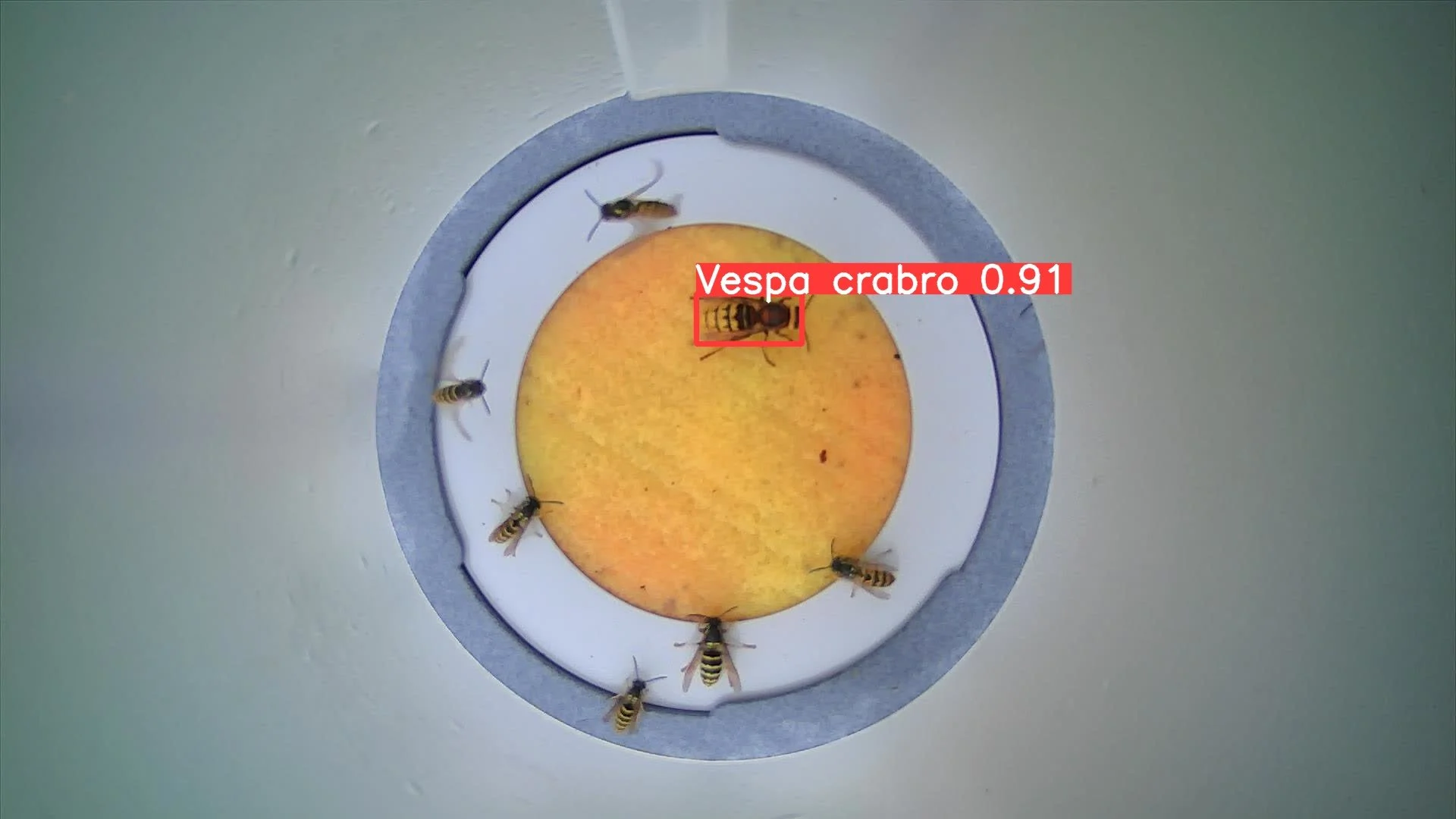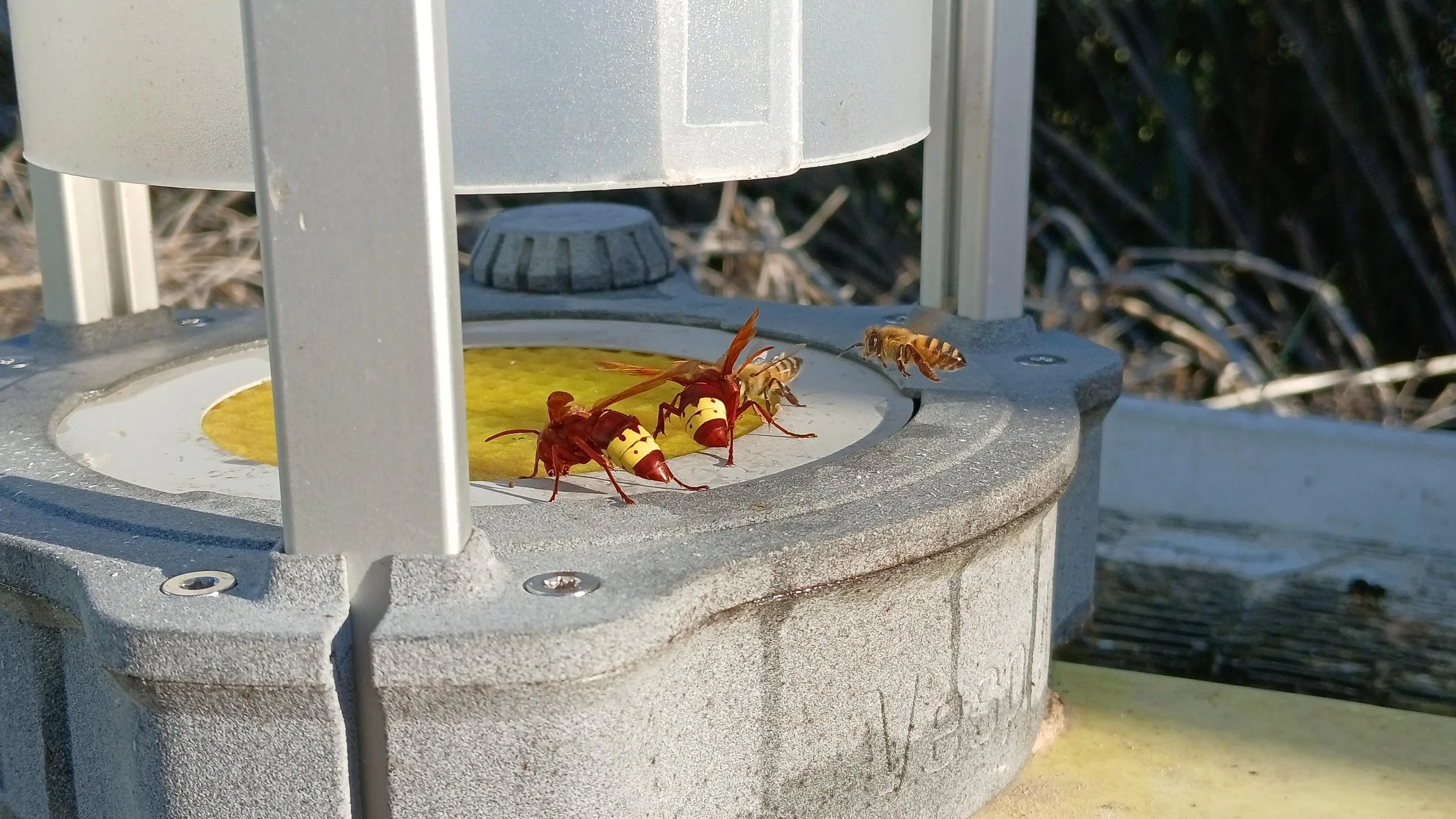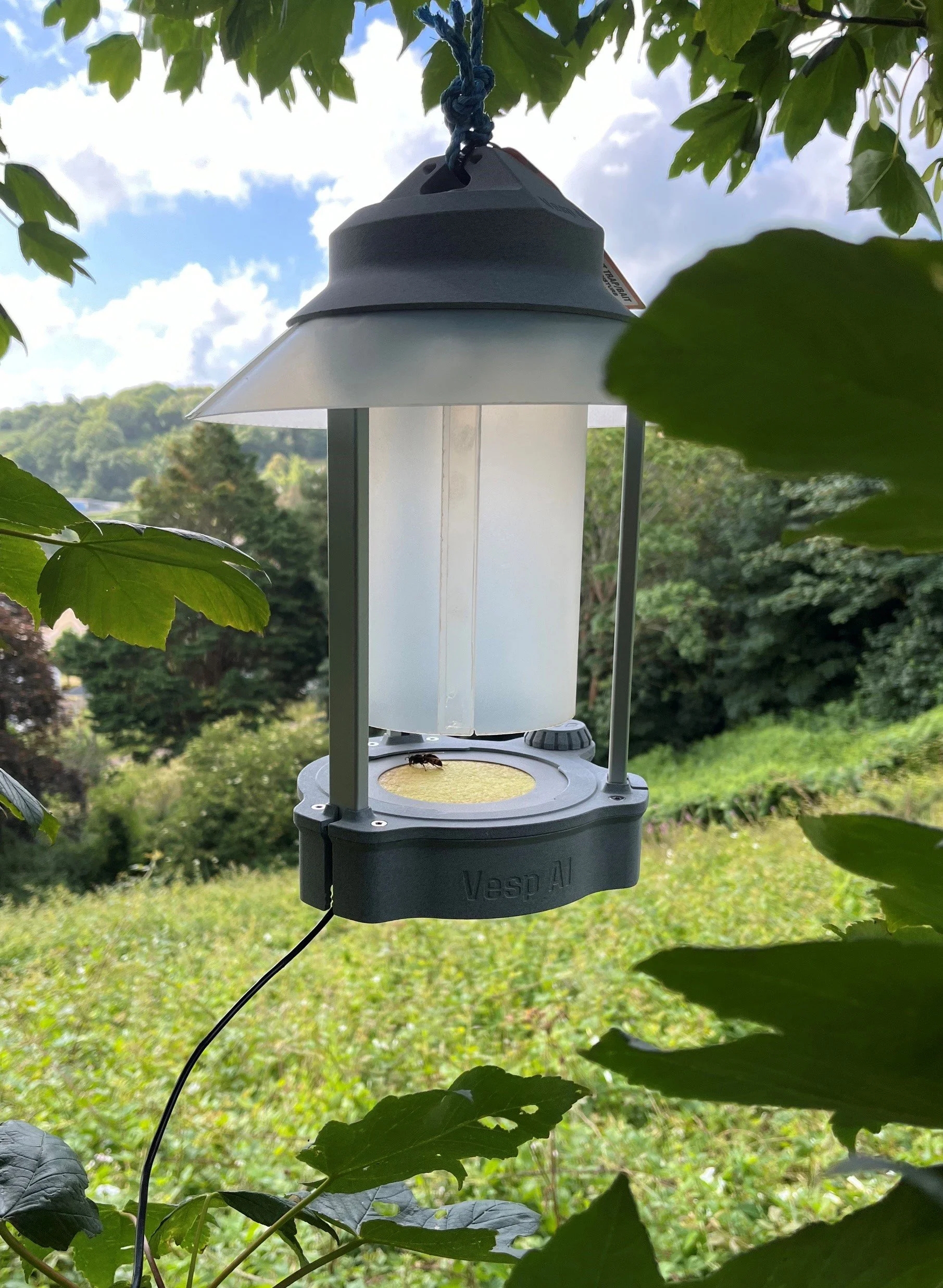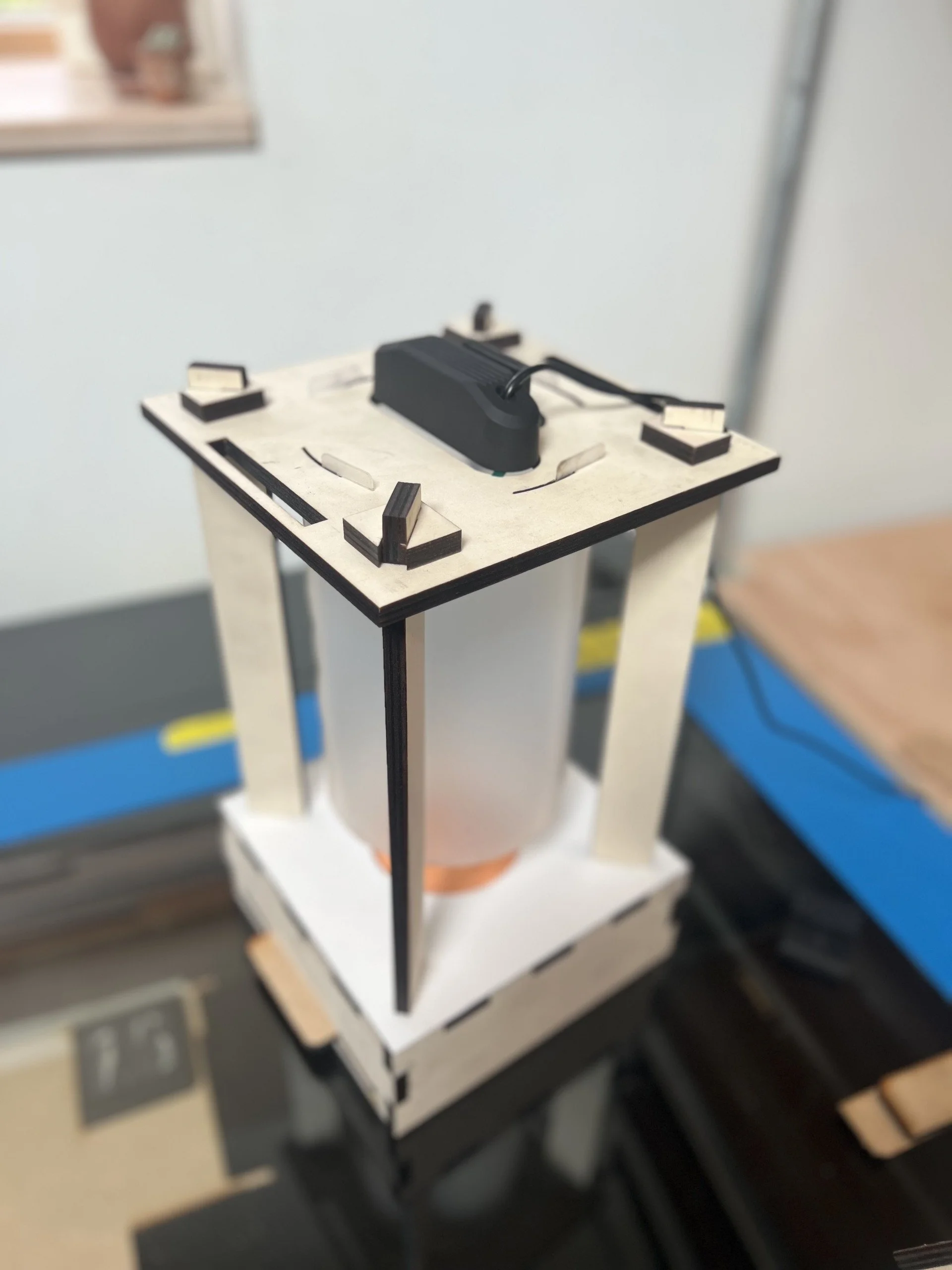
VespAI uses deep learning to identify invasive hornets and send rapid alerts
Vespa crabro
Delivering leading-edge detection capabilities
Precise
VespAI can identify hornets in real-time with ≥99% accuracy, delivering substantial improvements over manual techniques. Its bespoke species recognition algorithm can distinguish hornets from visually similar insects, and is robust to a diversity of conditions. Full details of the VespAI model are available here.
Comprehensive
VespAI can deliver dawn to dusk coverage and is suitable for deployment in remote areas, enabling constant vigilance. The system provides detection capabilities for the European hornet (V. crabro), Asian hornet (V. velutina), and Oriental hornet (V. orientalis); with plans to expand this in future.
Sustainable
Unlike surveillance trapping, VespAI is a passive system that does not harm or kill visiting insects. Indiscriminate bait traps kill large numbers of native insects each year as ‘bycatch’, thus putting further pressure on species already impacted by invasive hornets. VespAI eliminates this concern.
How VespAI works
Detection
When an insect visits the VespAI bait station, the system’s camera captures a standardised image for identification.
Classification
This is then analysed in real-time via VespAI’s YOLO deep learning architecture, to determine the species identity.
Notification
The species ID, detection confidence, and an associated image alert are then sent to the user to confirm.
Evolving and modular architecture
Version 1.0
Our prototype design was built with commonly available items including a squirrel baffle, Petri dish, Correx platform, and wooden blocks.
Version 2.0
Following field testing, we then upgraded this to a compact 3D-printed design with an attractant reservoir and robust construction.
Version 3.0
In tandem, we developed an alternative design built with laser-cut plywood, incorporating the benefits of version 2.0 while reducing costs.








